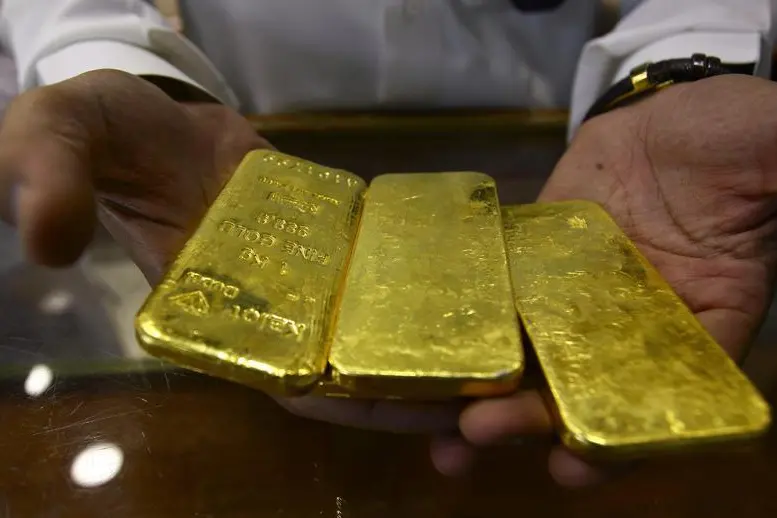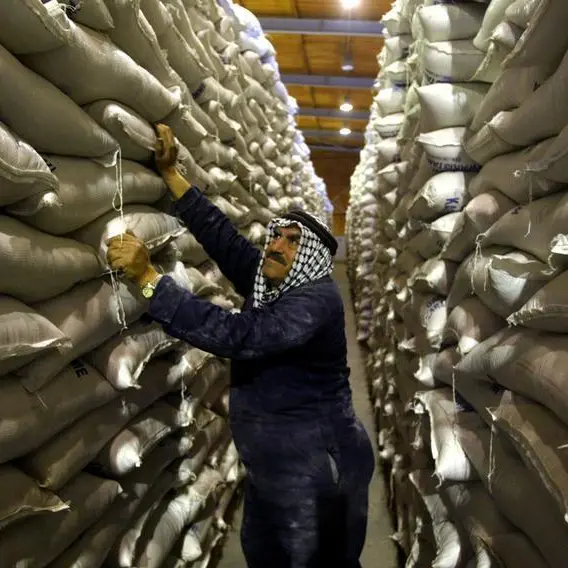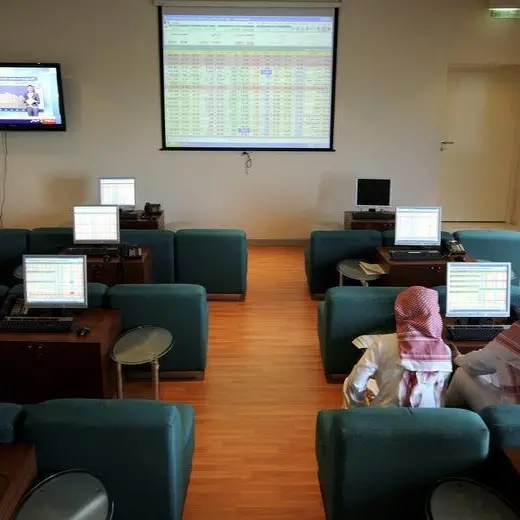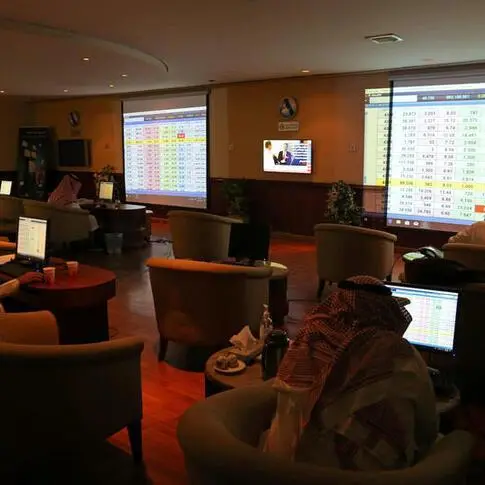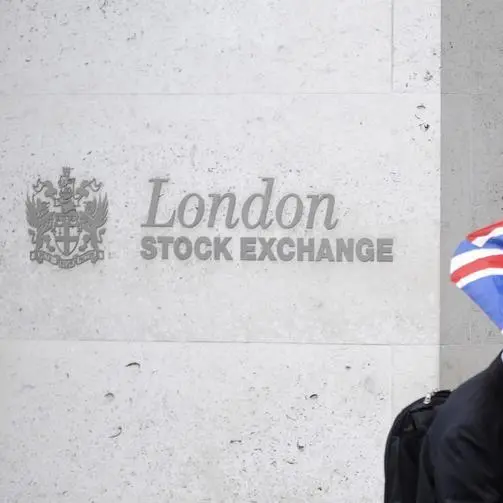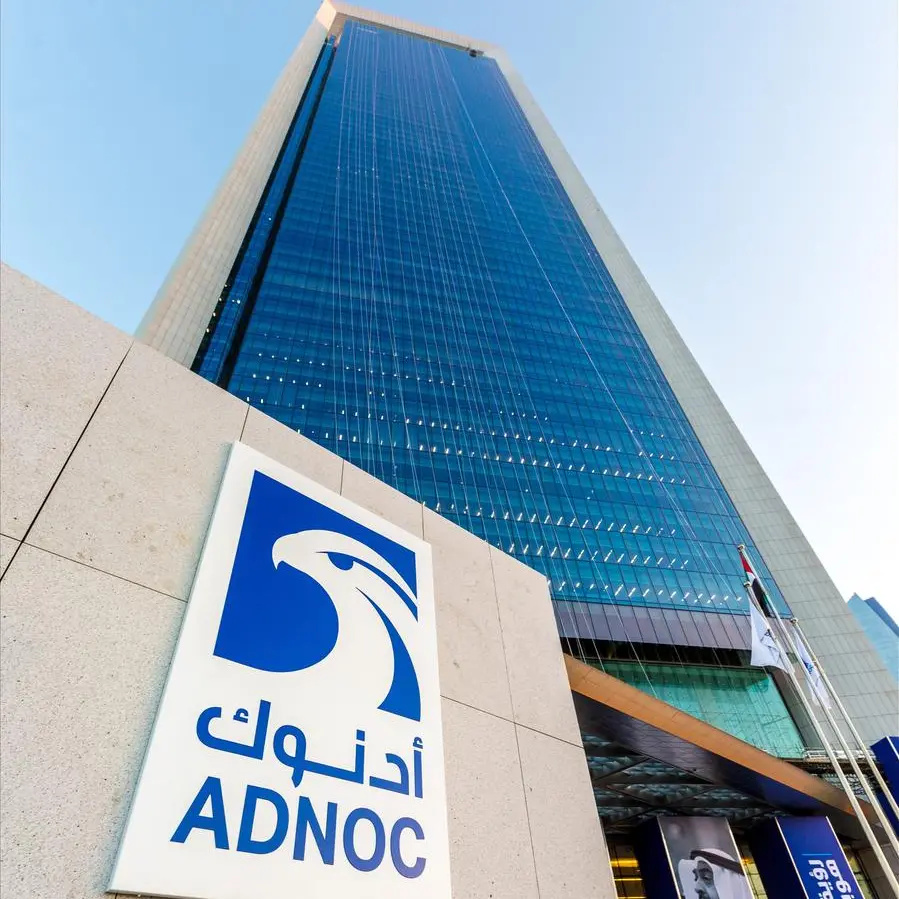PHOTO
There has never been consensus in the investment community as to whether or not Gold and precious metals are a worthwhile investment. Theoretically, what makes Gold, Silver, Platinum and Palladium precious is that their value is not only driven by their practical uses, but also by their role as a store of value and an investment. For example, let's take the grand-daddy of them all: Gold.
Warren Buffett's Opinion
Warren Buffett, in a famous Harvard speech in the late 90s, said, "Gold gets dug out of the ground in Africa or someplace. Then we melt it down, dig another hole, bury it again and pay people to stand around guarding it. Anyone watching from Mars would be scratching their head." As arguably the most successful investor of the 20th century, his is not an opinion to take lightly.
Apart from seeing it as a metal that has only decorative and very limited industrial uses, his distaste for gold stems mainly from the fact that he sees it as an unproductive asset. Unlike other assets, gold will never pay a dividend or produce cash flows. The only hope for producing returns is capital appreciation, the hope that someone in the future will want to pay more for it than you did today.
Marc Faber's Opinion
Famous Swiss investor, Marc Faber, believes that gold will rally 30% in 2015. In arguing for the inclusion of the precious metal in your portfolio, he will undoubtedly remind you that gold has maintained its value throughout history and served as a valuable hedge for investors in volatile times. The title of his recent in-depth economic publication, the 'Gloom, Boom & Doom Report', will leave you in no doubt as to his opinion on future of the markets.
Historically, he has a point. It is precisely in times of doom and gloom that precious metals have held their value and proved a worthwhile investment. Inflation, geopolitical uncertainty and currency devaluation are all scenarios that put precious metals in the spotlight as investors seek shelter from the storm. As the value of other asset classes erodes, gold shines through and holds its value.
Ways to Invest in Gold
If you agree with Marc Faber and would like to invest in gold, there are a number of ways to get involved.
Direct ownership, the buying of physical gold, is a somewhat archaic method of gold investment. Nobody can deny the appeal of shiny gold bullion bars, historically the ultimate expression of wealth, but there are a number of practical disadvantages to buying and holding physical gold. The main disadvantage of holding physical gold is that you will buy retail and sell wholesale, and will need a big price jump just to break even. Furthermore, the burden is on you to assure the purity of the gold that you are buying. Also, physical gold can be stolen so secure storage will have to be sourced and paid for. Additionally, the cost of insuring gold is astronomical, and it can be difficult to sell quickly if you need access to cash.
If you don't want physical gold, securitization is the answer. Securitization is the process of taking a physical asset and through financial engineering, turning it into a paper asset. Examples of paper gold include exchange-traded funds (ETFs). ETFs trade on a stock exchange, and are a very practical way to hold gold in a portfolio. The best ETFs will actually purchase gold bullion, called Physical Gold ETFs.
Liquidity is the main advantage, as you can buy and sell paper gold with the click of a mouse or a call to a broker at any time during market hours as it is traded on an exchange. There is the obvious convenience of not having to hold physical gold, and the assurance that the securitized gold is at least 99.5% pure (a requirement for gold ETFs).
2015 & Beyond
Currently, precious metals are under downward pressure mainly due to the strength of the dollar. As of the writing of this article, gold is hovering below the key support level of $1,200 an ounce and is set for the longest slump in prices for 17 years.
Whether Warren Buffett or Marc Faber will be right in the coming months and years will be a function of an infinite number of variables, including global geopolitical stability, central bank monetary policies, supply and demand drivers and market sentiment.
The traditional short-term precious metals cycle has been obliterated and is more complex and difficult to read than ever before. For example, the traditional role of precious metals as haven assets for investors in times of geopolitical and economic uncertainty has recently been brought into question. Recent instabilities in the Middle East, Russia and Europe failed to drive up prices. In fact, experts are unable to agree on something as trivial as where we are in the current cycle and what catalysts will have the biggest impact on pricing.
So, the short answer to the question of whether precious metals are a good investment right now is; nobody knows. In all likelihood, the answer will be what it always has been. The longer-term cyclical patterns will remain, making precious metals a good defensive asset to hold in a diversified portfolio over the long-term.
About Adham Bashir
Adham Bashir ACSI is a Wealth Manager at DeVere Acuma. He has worked with high net worth individuals in the UK for many years, and is an Associate Member of the Chartered Institute for Securities and Investments. He now works with DeVere Acuma as a specialist in investments, advising individuals on wealth creation and wealth preservation strategies.
© Capital Business 2015
